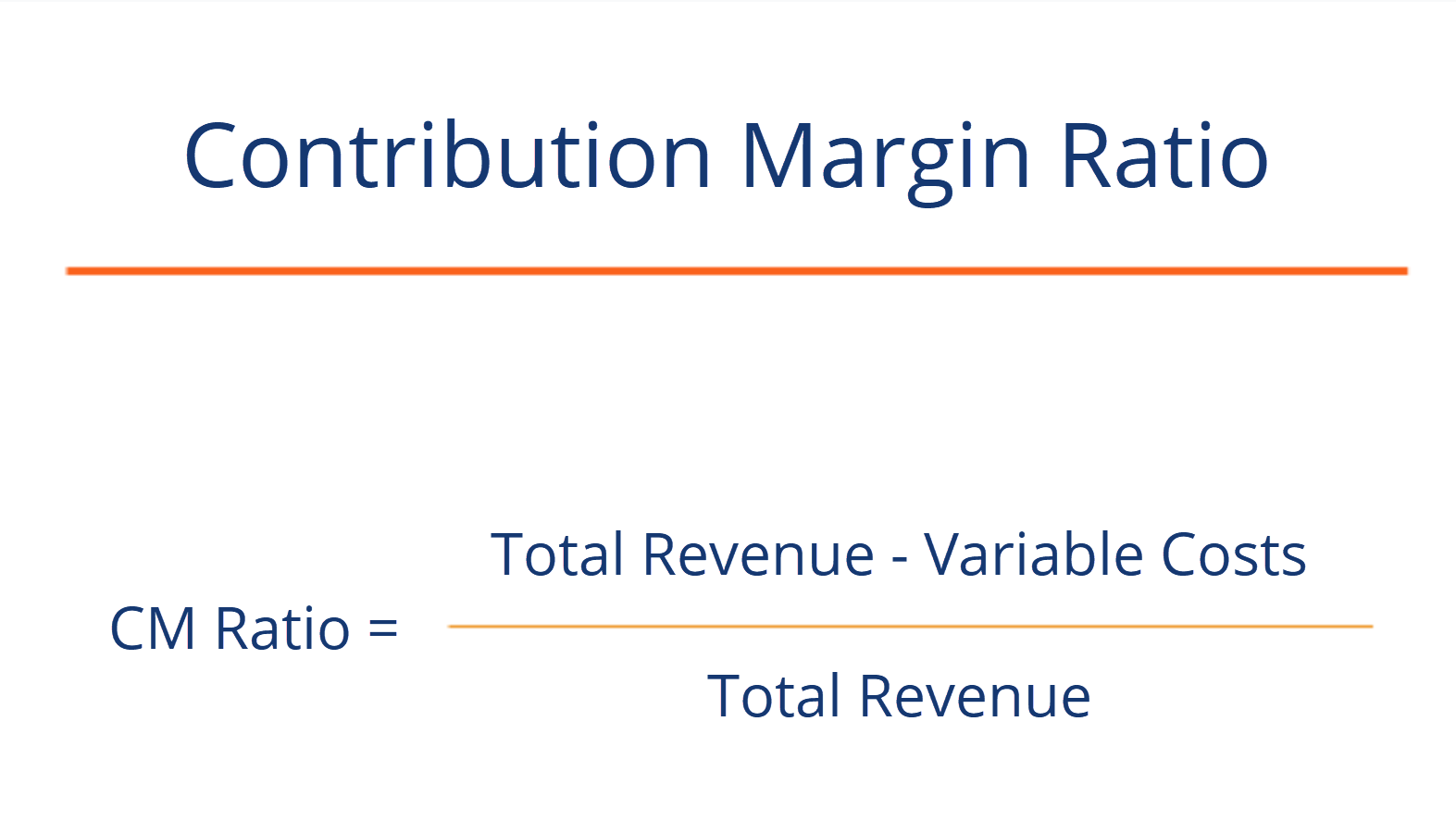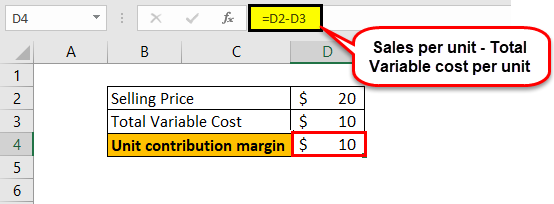Contribution Margin Ratio Revenue After Variable Costs

Understanding these metrics allows business owners to see beyond gross profit figures, diving into how individual products or services perform. This is particularly important for companies with diverse product lines, as it helps in identifying which items are the most and least profitable. This means that the production of grapple grommets produce enough revenue to cover the fixed costs and still leave Casey with a profit of $45,000 at the end of the year.
Use of Contribution Margin Formula
Yes, the Contribution Margin Ratio is a useful measure of profitability as it indicates how much each sale contributes to covering fixed costs and producing profits. Management uses the contribution margin in several different forms to production and pricing decisions within the business. This concept is especially helpful to management in calculating the breakeven point for a department or a product line. Management uses this metric to understand what price they are able to charge for a product without losing money as production increases and scale continues. It also helps management understand which products and operations are profitable and which lines or departments need to be discontinued or closed.
Why You Can Trust Finance Strategists
Thus, it should not include any overhead cost, and should rarely include direct labor costs. Direct labor costs are actually a fixed cost when a production line is used, since it requires a certain fixed amount of staffing to operate the line, irrespective of the number of units produced. The Contribution Margin Calculator is a powerful tool that simplifies this critical calculation. Designed with business owners in mind, it takes into account various factors such as sales revenue, variable costs, and the number of units sold to provide a clear picture of your contribution margin. The contribution margin measures how efficiently a company can produce products and maintain low levels of variable costs.
Contribution Margin Vs Gross Margin
To set the right price for a new product, you must grasp how your costs will change as sales increase. When planning for future growth, cost behavior analysis helps predict how expenses will scale as your business expands. It even plays a vital role in break-even analysis, helping you pinpoint exactly when your venture will start turning a profit. At the heart of every successful business lies the ability to understand and predict cost behavior, which refers to how expenses respond to variations in a company’s activity. A savvy production manager, for instance, uses cost behavior analysis to determine optimal production levels. A marketing executive might leverage this information to craft sales targets that align perfectly with the company’s financial goals.

How do you interpret contribution margin ratio?
While it might sound similar to gross margin, contribution margin differs in its approach and utility. Gross margin subtracts both fixed and variable costs from sales revenue, providing a broader picture of profitability. In contrast, contribution margin focuses solely on variable costs, offering a more nuanced view of how each product or service contributes to covering fixed costs how small businesses can prepare for tax season 2021 and generating profit. The balance between fixed and variable costs carries significant weight in strategic planning. Understanding this interplay helps managers optimize decisions around pricing, production and resource allocation. For instance, increasing production can spread fixed costs over more units, potentially lowering the cost per unit and boosting profit margins.
Unit Contribution Margin Explained
This example illustrates how understanding the contribution margin and contribution margin ratio can guide decisions related to pricing, product selection, and sales volume. For a small business owner, these insights are invaluable in achieving the break-even point and surpassing it towards profitability. In this example, the contribution margin for selling 100 units would be $2,000, indicating how much revenue is available to cover fixed costs and generate profit. A business can increase its Contribution Margin Ratio by reducing the cost of goods sold, increasing the selling price of products, or finding ways to reduce fixed costs.
The contribution margin is not necessarily a good indication of economic benefit. Where Total Contribution Margin is the sum of the contribution margins for all products sold. Other financial metrics related to the Contribution Margin Ratio include the gross margin ratio, operating margin ratio, and net profit margin ratio. These ratios provide insight into the overall profitability of a business from different perspectives. A low margin typically means that the company, product line, or department isn’t that profitable. An increase like this will have rippling effects as production increases.
- The Contribution Margin Ratio is a measure of profitability that indicates how much each sales dollar contributes to covering fixed costs and producing profits.
- For a small business owner, these insights are invaluable in achieving the break-even point and surpassing it towards profitability.
- Thus, at the 5,000 unit level, there is a profit of $20,000 (2,000 units above break-even point x $10).
- For small business owners, effectively using a contribution margin calculator means regularly updating it with accurate data.
The contribution margin represents how much revenue remains after all variable costs have been paid. It is the amount of income available for contributing to fixed costs and profit and is the foundation of a company’s break-even analysis. Fixed costs are expenses incurred that do not fluctuate when there are changes in the production volume or services produced. These are costs that are independent of the business operations and which cannot be avoided. In determining the price and level of production, fixed costs are used in break-even analysis to ensure profitability.

Lascia un Commento
Vuoi partecipare alla discussione?Sentitevi liberi di contribuire!